In Tuscany, between the delightful Lucca and Pistoia and not far from Florence, Montecatini Terme is the 56th Italian site to be declared a UNESCO World Heritage Site.
With its Art Nouveau and neo-Gothic architecture, Montecatini Terme has managed to rise to the Olympus of the "Great Spa Towns of Europe" because of its past and its incredible features.
We will talk about this city, its wonders and its history in this article.

Why Montecatini Terme is a UNESCO World Heritage Site: the uniqueness of the Tuscan spa town

View of Terme del Tettuccio
As of 2021, 11 cities, spread over 7 countries, are part of the shortlist of UNESCO of the "Great SpaTowns of Europe".
They are Baden bei Wien in Austria, Spa in Belgium, the three cities of Karlovy Vary, Františkovy Lázně and Mariánské Lázně in the Czech Republic. But also the famous city of Vichy in France, Bad Ems, Baden-Baden and Bad Kissingen in Germany, and Bath in the United Kingdom. Montecatini Terme in Italy completes this great list.
The reason is the incredible role assumed by all these centers during the so-called "European spa phenomenon", which occurred between the 18th and early 20th centuries. In fact, Montecatini and the other towns were built precisely to meet the growing interest in the medical and therapeutic properties of their thermal waters.
Indeed, it is precisely because of the four hot springs that come here, known as the Leopoldina, Regina, Tettuccio and Rinfresco, that this place has been known for several centuries. As we will discover, it was long before the eighteenth century.
The history of Montecatini Terme, among the favorite thermal baths by the Romans
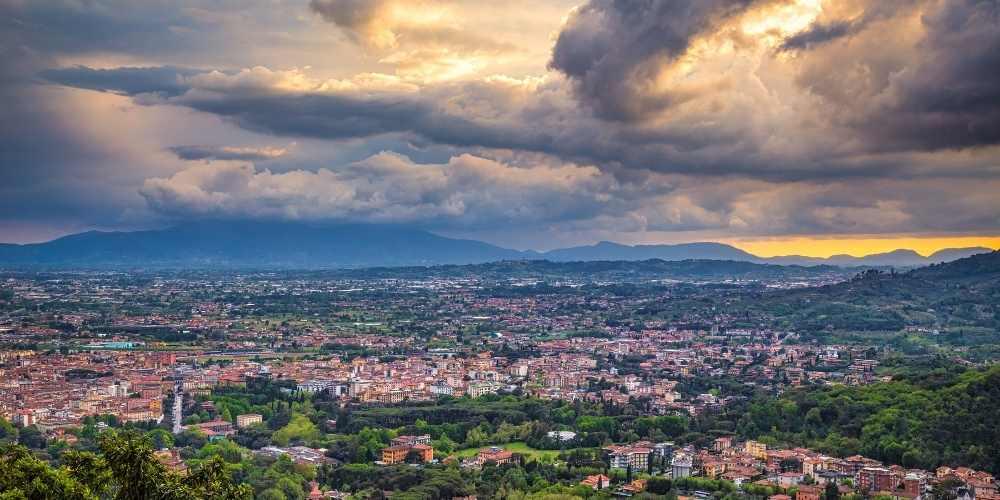
View of the town of Montecatini Terme
Just inside the Terme Leopoldine, votive statues from Roman times were found. It was, in fact, the Romans who were among the first to discover the beneficial properties of the waters of Montecatini Terme.
A few centuries later, in the fifteenth century, the founder of modern hydrology, Ugolino Caccini, wrote in his treatise on balneotherapy that the Bagni di Monte Catini, as they were then called, could give enormous benefit: they could cure bone and joint pain and even heal scabies.
However, we must wait until the 18th century to see the baths achieve their present-day fame.
In 1773 the first establishment, the Bagno Regio, was built. Within the decade, the Terme Leopoldine and the Tettuccio were completed. In particular, the Leopoldine were desired by none other than the Grand Duke of Tuscany Leopold II. Also from the same period is the so-called Bibite Gratuite building, which literally means "the building of Free water". In fact, it was once dedicated to the poorest.
The fame of the Montecatini Baths at that point transcended the borders of Tuscany itself, and illustrious personalities came here to benefit from the precious waters: Giacomo Puccini, Giuseppe Verdi, and Vittorio Emanuele II are just a few of the most famous names.
So, the town itself was enriched with buildings and monuments, the beauty of which was to welcome all visitors to the famous baths. Let us see the most important ones.
What to see in Montecatini Terme: 3 must-see places

The thermal park of Montecatini
Anyone who arrives in Montecatini is astounded by the beauty and elegance of its buildings. Such an outstanding architectural heritage that it is easy to understand why UNESCO protects it.
Let's find out the must-see stops right now.
1. The gardens of the Thermal Park of Montecatini Terme, UNESCO Heritage
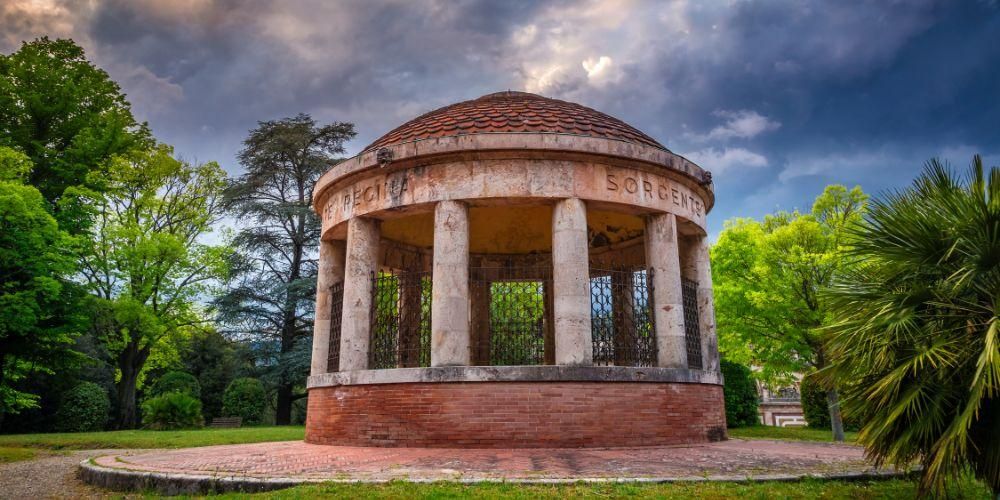
View of the building dedicated to the Regina hot spring.
A trip to Montecatini should start from here. The Montecatini Thermal Baths' monumental complex is unmissable, besides one's interest in the healing powers of the waters.
Visiting the splendid Thermal Park, wholly immersed in the greenery of Tuscany, it is also possible to see the gardens of the well-known Terme del Tettuccio, among the oldest in Montecatini. The recent decorations that embellish its construction date back to the early twentieth century.
Also part of the park are Terme Excelsior and the spring of the historic Terme Leopoldine.
2. The Palazzo Comunale, seat of the MO.C.A.
Inside the halls of the Palazzo Comunale, in the historic centre, there is MO.C.A., a fascinating museum dedicated to contemporary art and Montecatini's first civic gallery.
Among its halls is it possible to admire paintings by Joan Mirò and Pietro Annigoni, and works of internationally known sculptors, but also to let one's gaze linger in the palace's interior rooms.
It was built in the early 20th century, but some parts were decorated only after World War I. Before MO.C.A. was inaugurated, the wonderful interiors were also fully restored.
3. The Padiglioncino Tamerici, a great example of Art Nouveau style
A very short distance from MO.C.A., there's one of the town's most elegant examples of Art Nouveau buildings, dating from the very early 20th century.
The project was by Giulio Bernardini, who took his inspiration from Bad Kissingen. According to UNESCO, this place, together with Montecatini, is one of the 11 most important spas in Europe.
Originally the building was intended for salt storage and trade, but it quickly became one of the city's landmarks. The bas-reliefs by sculptor Domenico Trentacoste that recall the different stages of ceramic processing stand out.
Having explored much of Montecatini and its wonders, we hope the call to visit its thermal park and incredible artistic centre is strong.
Undoubtedly, it will now be easy to understand why the beautiful Tuscan city is our country's 56th UNESCO site.
About the author
Written on 09/01/2023


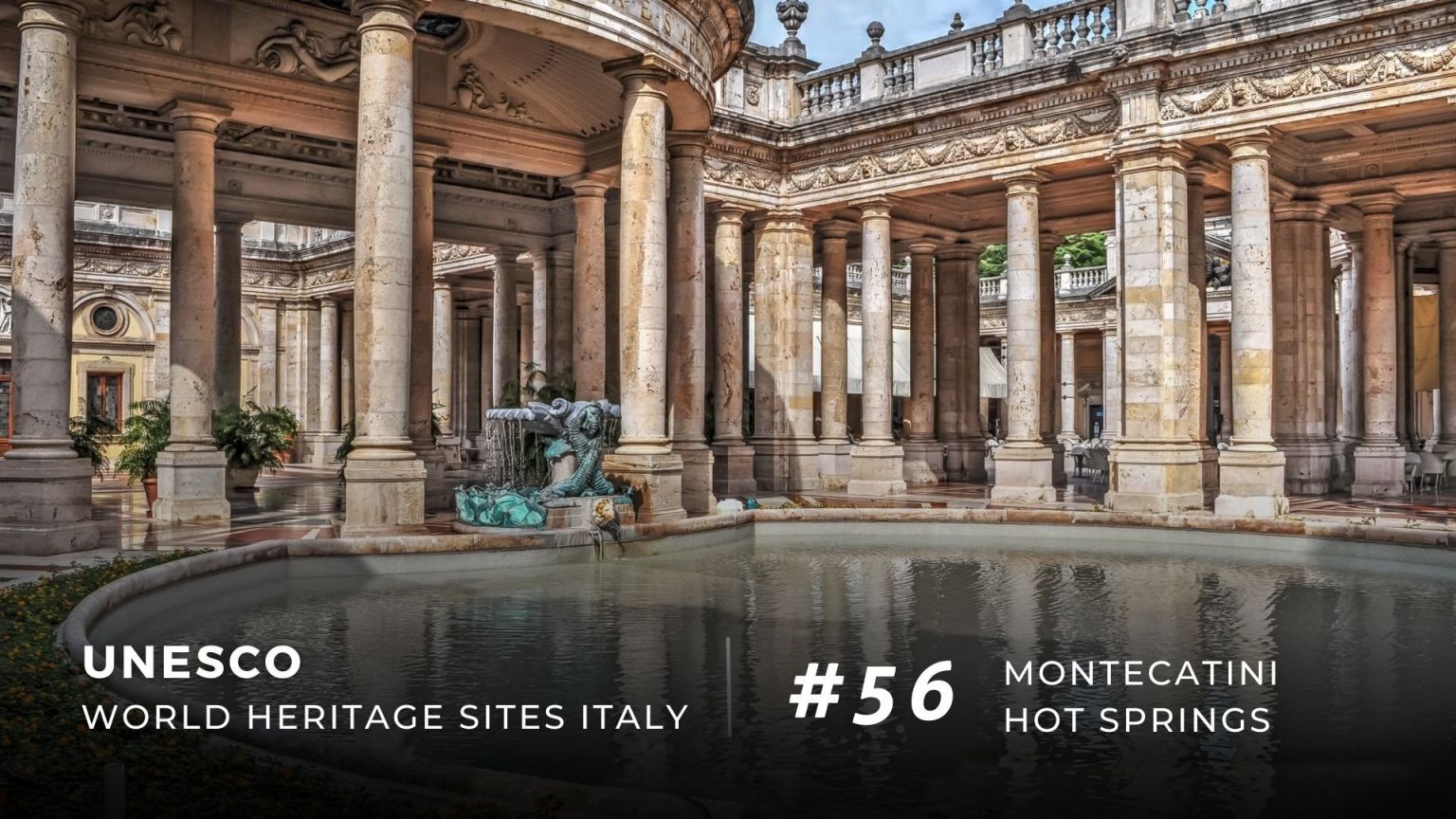
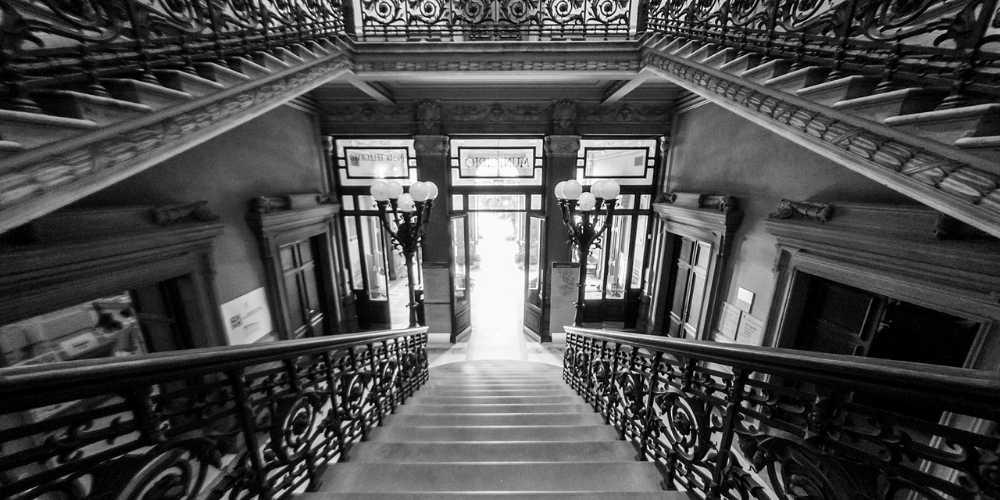
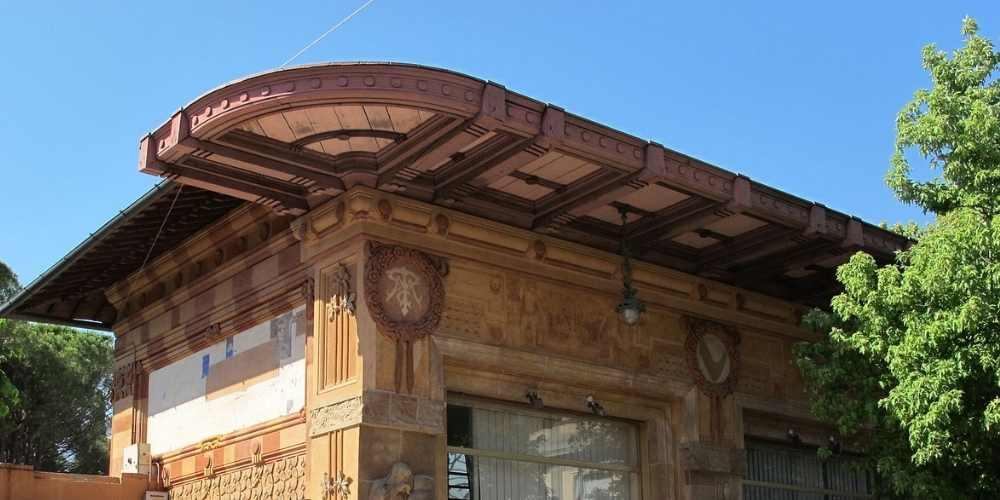

Elisa Borgato
In the heart of Tuscany, Montecatini Terme has been UNESCO Heritage since 2021. The reason behind the nominee has been known since Roman times.